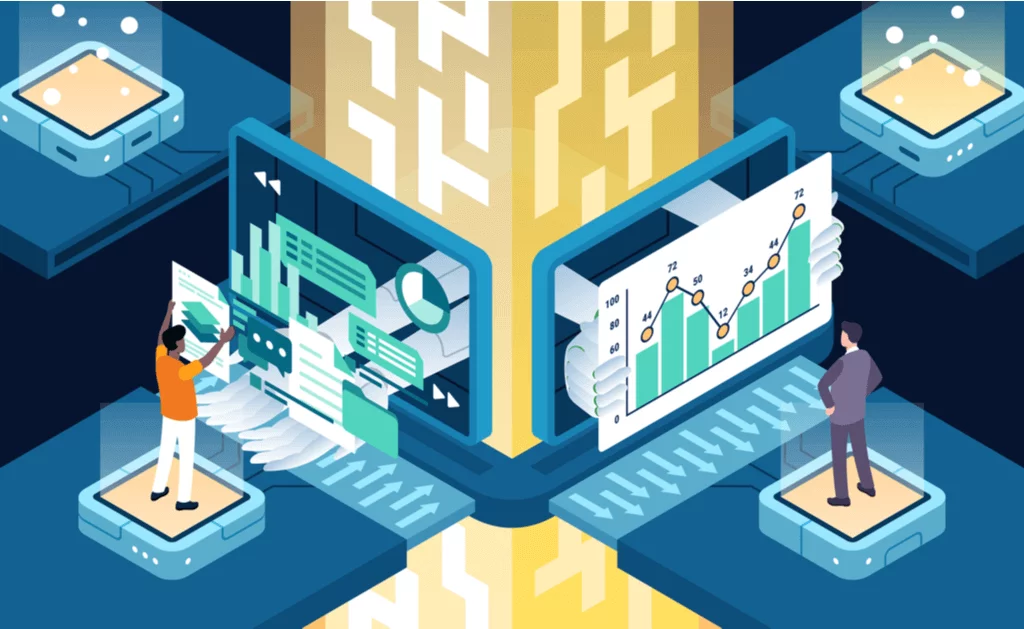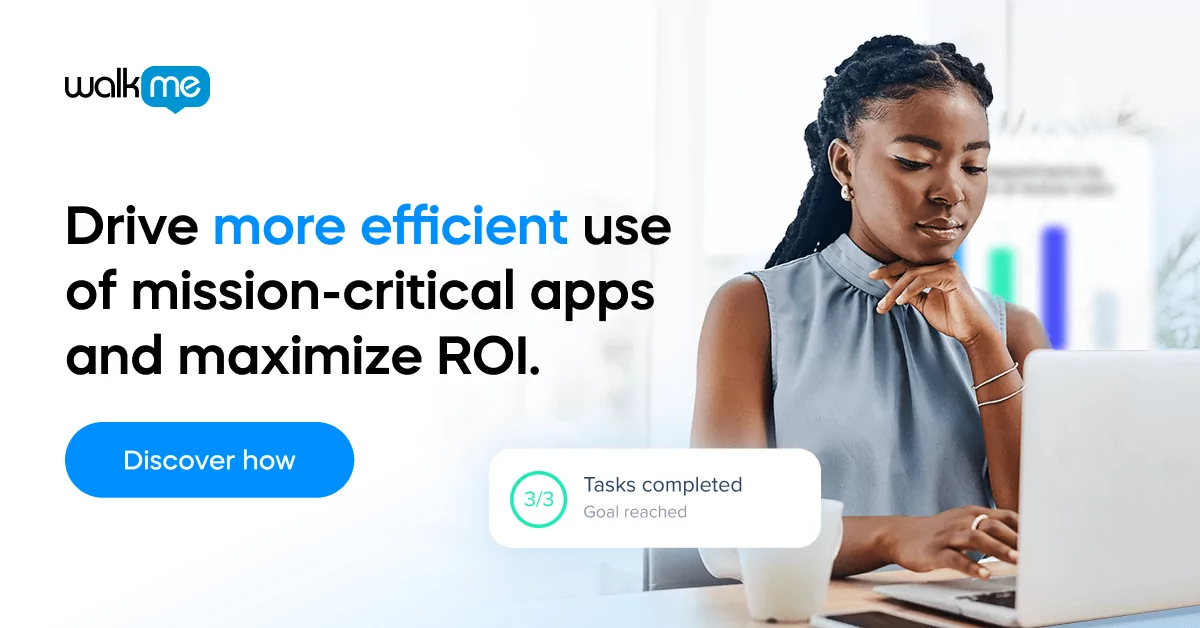Long gone are the days of door-to-door salespeople. Armed with nothing more than a notebook and pen, they sought out potential customers, one by one, and hoped to create an instant connection. Today, with help from the various digital tools which make up a representative’s sales tech stack, the scope of a single salesperson has expanded from neighborhoods to entire continents.
Virtual selling has become the new normal and while the end-goal is the same, the medium continues to add layers of complexity to the sales process. Gartner research found that the average salesperson at an established company needs to work across 13 applications, just to complete a sales cycle. Don’t believe it?
Here’s a quick list:
- CRM
- An email service
- Forecasting tools
- Analytics platforms
- Marketing automation platforms
- Process automation tools
- Sales and market intelligence platforms
- Prospecting apps
- Referral tracking systems
- Video conferencing platforms
- Artificial intelligence (AI) for evaluation of calls
- Quoting and e-signature apps
…and it goes on
While this wealth of information and capabilities can provide salespeople significant advantages in their daily workflows, the software will do more harm than good if your salespeople cannot use the tools properly. The value of a digital onboarding process cannot be overstated.

Digital onboarding
At the end of October of last year, Constellation Research released a report called The CIO Outlook for 2021: Delivering Business ROI at Scale. In this study, they surveyed 100 Fortune 500 CIOs and found that nearly two-thirds of them believed the majority of their [software] licenses should be used by workers on a routine basis.
The issue with this is that they also found only a small majority of 54% of organizations are providing specific guidance and/or training to direct employees when to use each type of software.
In a recent WalkMe webinar titled The Anatomy of a Winning Sales Tech Stack, VP of Field Enablement at Splunk, Linda Page made it very clear, “Adoption is not an option, it is the option”. The leaders of sales organizations expect their employees to regularly use the software they are provided. Anything less means they are not taking full advantage of their opportunities.
In order to properly and consistently use the full range of their tech stack, salespeople need to be enabled to do so. The challenge, then, is how to train them as effectively and efficiently as possible. Time is expensive and standard methods of training can take months to achieve digital fluency across a library of applications.
During the same webinar, Page suggested a solution to this with just-in-time training. Utilizing software such as a digital adoption platform (DAP) gives organizations the ability to provide enablement at the point of need. Rather than overcrowding a salesperson’s mind with information about every possible scenario and the branching workflows which could follow, a system can guide the user contextually at the moment they actually need it.

Enhancing the human experience
As far as we’ve come from the door-to-door salesperson, there is no denying that the decision to make a purchase is ultimately human.
From the same webinar mentioned above, Managing Partner at Accenture, Bryan Berumen discussed the importance of conferencing technology and how it was able to humanize the selling and buying experience. Offering some sort of live interaction helped to make potential customers more comfortable.
Berumen reported that, “15% of B2B decision-makers are willing to make a million-dollar purchase online”.
This level of comfort and trust in technology is growing as organizations continue to adopt digital tools which support remote interactions. With distanced engagement at an all time high as a result of the pandemic, sales managers have a unique opportunity to enable their teams via AI which can evaluate and provide feedback on video meetings.
Berumen also said organizations should be, “rethinking how we enable our sellers in a digital fashion”. Intelligent platforms, which offer real-time assessment of performance, give salespeople and their managers insights which they can leverage to close more deals and at a faster pace.
The ability to track conversational KPIs offers immense value to the sales team as a whole. On one hand, it helps salespeople to measure their progress with a prospective customer. On the other, it guides managers to pinpoint the type of enablement they need to provide.
Personalize your sales tech stack
Each company has a unique set of challenges it faces in order to succeed. During the webinar (mentioned above), Linda Page offered another tip, “Be crystal clear on your own needs and don’t just try to copy someone else’s tech stack”.
Investing in a particular technology because other big-name companies are doing so won’t always help you achieve the same level of success. Finding the right tools for your organization is a key step in maximizing ROI.
Analytics are crucial when assessing what to add or remove from your tech stack. With a focus on measurable goals, companies are able to stay agile. Prioritizing decisions with the assistance of a virtual map gives leaders clear directions on the path to unlocking the true potential of their tech stacks.


